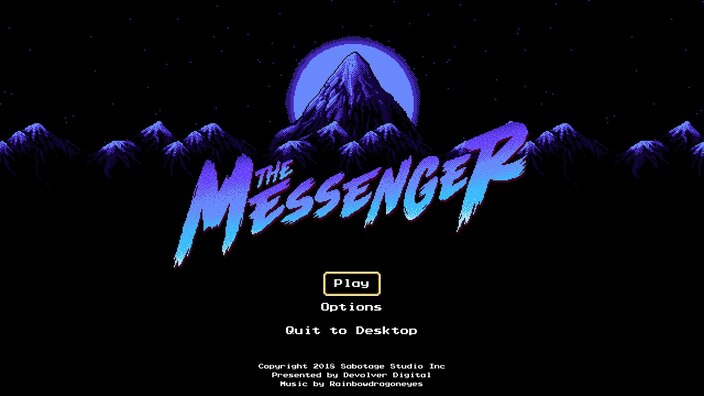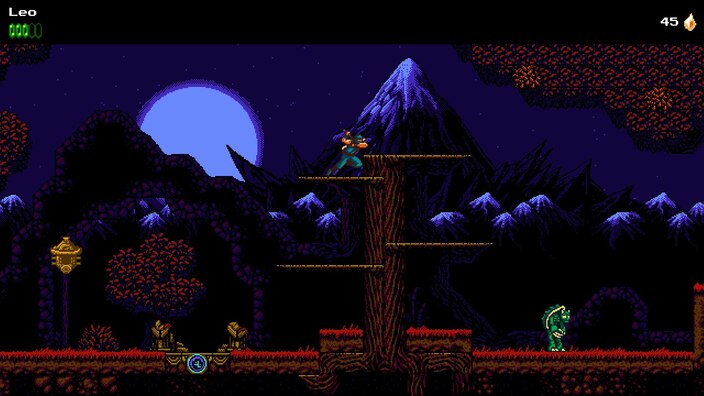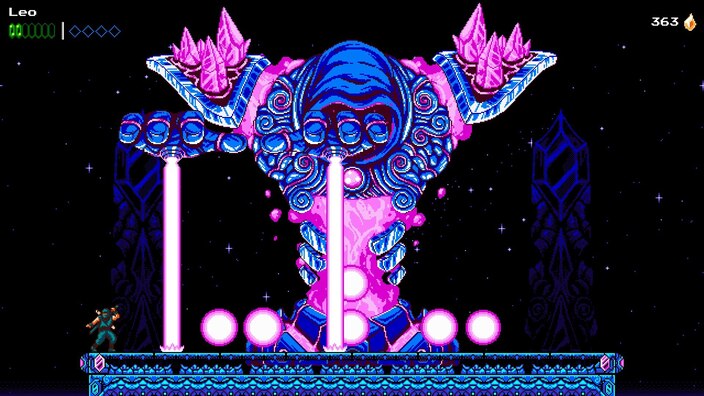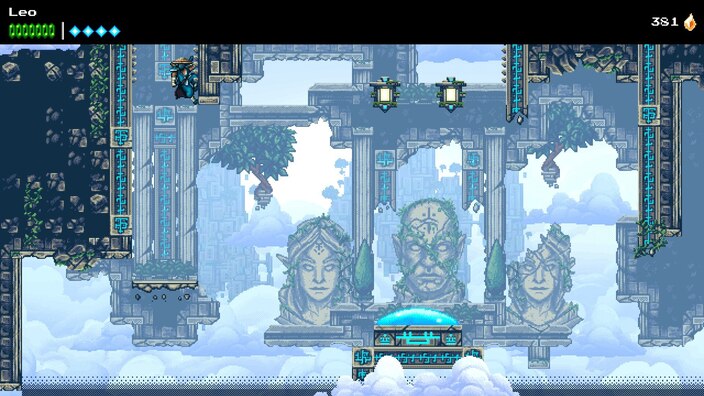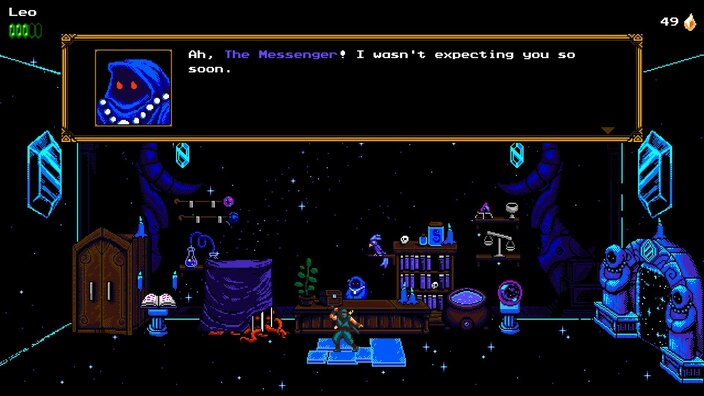Have you played...? The Messenger
The Messenger was the first game by Sabotage Studio ⤴, released in 2018. Its plot takes place thousands of years after the events of Sea of Stars, which I played earlier this year. I loved Sea of Stars, so I was very curious to see how The Messenger would compare. They’re very different games: Sea of Stars is a traditional turn-based JRPG, while The Messenger is an old-school 2D platformer, but I enjoy both genres thoroughly.
Despite their different styles, both games share the same setting and lore, with The Messenger serving as a distant sequel. The plot doesn’t matter too much, but it’s interesting to see the little tidbits of story that the developers put in The Messenger that were expanded upon in Sea of Stars.
The game is very clearly inspired by Ninja Gaiden for the NES. Both games share a similar 2D platformer gameplay, and in both you control a ninja. Though I have to say, The Messenger controls far more smoothly than Ninja Gaiden, and it’s much, much fairer. It’s a joy to control the messenger. Attacking enemies feels great, and you have a lot of movement freedom with the cloudstep skill, which lets you double jump in the air if you hit an object or enemy.
Boss fights are one of the highlights of the game. They’re all distinct and fun to take on. Some bosses are gigantic, menacing supernatural entities; others are demons around your size; but to beat all of them you’ll have to learn their attack patterns and react accordingly. I like how bosses are not huge damage sponges: they can take a fair beating, but they never feel like they have more HP than they should have.
Graphics are nice and true to their inspiration. The Messenger uses 8-bit pixel art for sprites and backgrounds, with detailed enemy designs and backgrounds that make everything easy to distinguish. There’s not too much variety of enemy types, which range from your standard selection of humanoid demon monsters, skeletons, teleporting mages and other sorts of creatures. The music is also excellent. I might be biased since many tracks were later remixed and reused in Sea of Stars, but here they sound rawer and more old-school, which is probably the intention.
Now, one of the most interesting twists in the game (minor spoiler ahead if you haven’t watched the game trailer) is that halfway through the game you unlock a time-travel mechanic that lets you revisit areas in the future. When you’re in the future, all graphics and the music are overhauled to give the game a more modern, maybe 16-bit look. I loved that touch.
I said before that the plot is irrelevant, but the writing of the dialogues with NPCs and bosses is actually pretty strong. Sabotage Studio has a knack for writing witty, irreverent and fun lines, which makes every NPC encounter a blast. The standout it the Shopkeeper, who sells you power-ups and lets you upgrade your skills at their shop. You can also chat with them, asking about the current area you’re in, what the boss will be like. And you can ask for a story, which they’re always happy to share.
The funny thing is that they rarely give you a simple, straight story, which frequently prompts a “what was the point of that?” response from the messenger. Some of the Shopkeeper’s lines even break the 4th wall, referencing other games and things from our world. Some of the stories are actually pretty thought provoking and made me think about my own life. I’m pretty sure the Shopkeeper is a stand-in for one or maybe a collective of the devs.
The gameplay was a breeze up until the midpoint, with a neat, stage-by-stage progression. However, after that, it started to feel a bit sluggish. You have to backtrack to previous areas to find new things that you need to get other things in order to progress the story. And then, after that, you have to collect a bunch of other things. Even so, the gameplay was always so smooth and satisfying that it was still enjoyable until the end.
Overall, The Messenger is not a particularly hard game, nor does it overstay its welcome. The free DLC ramps up the difficulty some more, but it’s also very short. The DLC’s final boss was a doozy, really cool and unexpected for old-school gamers. I finished the game plus the DLC, collecting most of the optional items, in around 16 hours. Despite feeling it had some pacing issues, it was a lot of fun and a pleasure to play. I’d give it a 8,5/10. Now I need to go and play the Sea of Stars DLC, which came out a couple of months ago.
Details
- Name: The Messenger
- Genre: 2D platformer
- Developer: Sabotage Studio ⤴
- Year: 2018
- Available on Steam ⤴, Nintendo Switch, Playstation 4, Xbox One
Extra screenshots
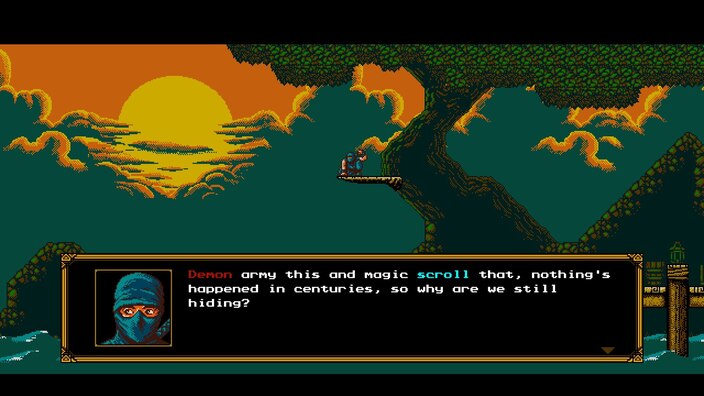
|
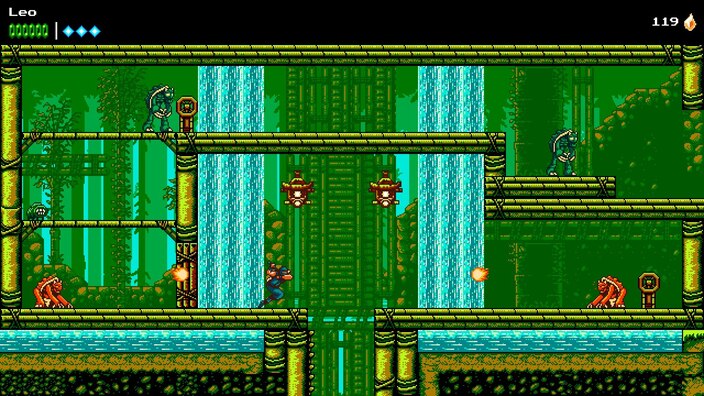
|
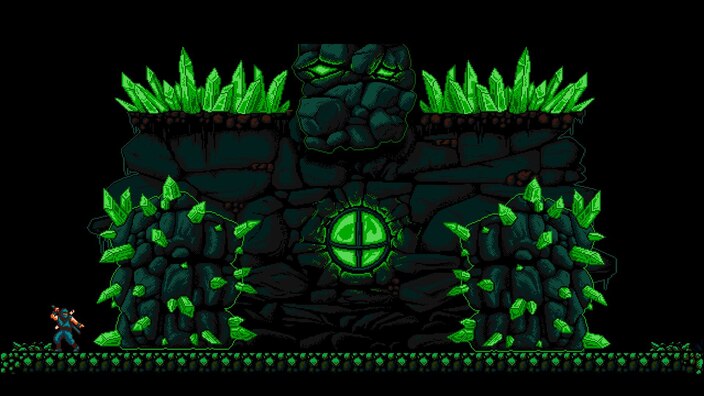
|
|---|---|---|
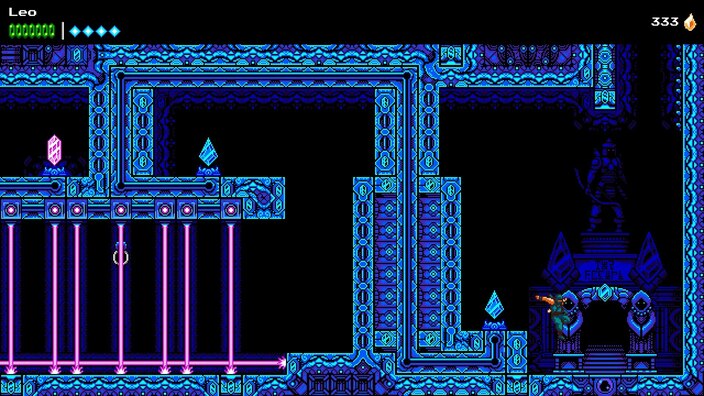
|
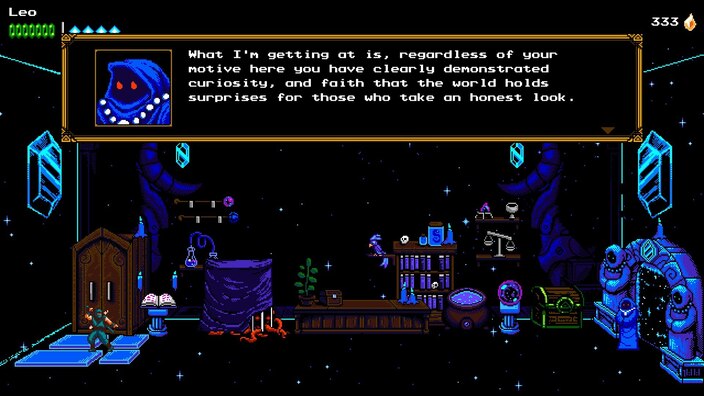
|
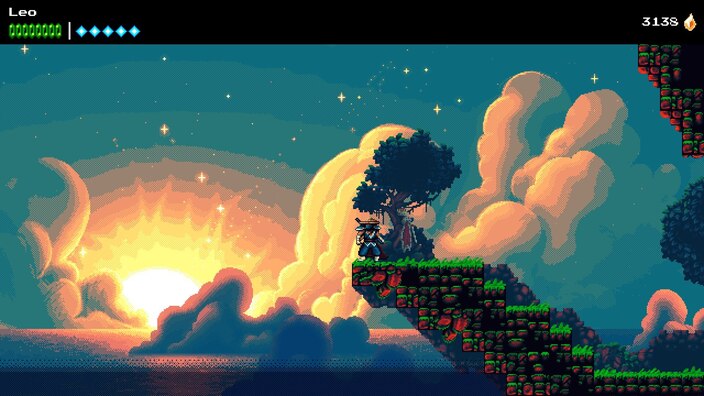
|
Post revised with ChatGPT
